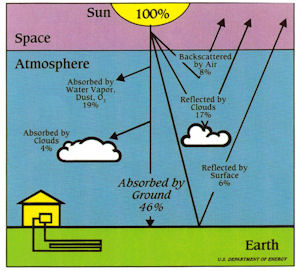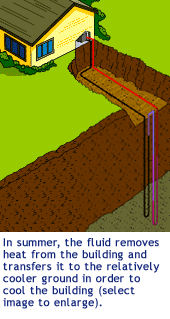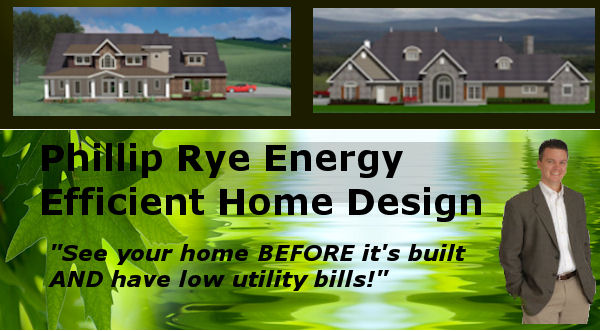
|
|
|
|
 |
||
|
| 1. Introduction |
| 2. Feature Article " Geothermal 101" |
| 4. Bonus Article "11 Tips for stripping wallpaper" |
| 5. Energy Saving Tips |
| 6. Tell us what you think |
Dear Friend,
The Home Energy Saver is a newsletter dedicated to showing you how to have the most comfortable home for you and your family and still have low utility bills.
Since the release of my first VHS, literally thousands of have grabbed their copies and based on the responses, have really enjoyed the content and saved hundreds of dollars on their utility bills. My home energy saving VHS/DVD is jam packed with information that is guaranteed to lower your utility bills.
Why sacrifice comfort for lower utility bills? Isn't it time that you took control of your utility bills?
|
Using my proven techniques, discover how to save energy and money while doing your part to help save the environment. No matter what kind of home you have, or plan to have, this information applies to you. Gain the knowledge of knowing why your utility bills are so high and find out precisely what you can do to lower them. If you want to greatly reduce 75% of your utility bill, visit http://www.dougrye.com. |
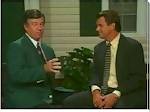 |
View
video clip (high speed connection recommended) Doug Rye with Co-host Ron Sherman |
==================================================================
|
You'll Learn These Key Points and Their Benefits:
|
Claim Your Copy of Doug Rye's Home Energy Saving DVD Today!
"The Home Energy Saver" newsletter is brought to you by Phillip Rye and nationally recognized energy consultant Doug Rye.
Phillip Rye is a licensed Civil Engineer and has been researching energy efficiency in the United States for the past 10 years.
Doug Rye is a licensed architect and is considered to be the
"Energy Expert" all across the United States. Doug is also the host of the popular "Home Remedies" talk show
that has been on the air for 15 years in 14 states. You can listen live on the internet at, http://www.1037thebuzz.com on Saturday 9-10 a.m. Central Time.
|
===================== FEATURE EDITORIAL ======================
"Geothermal 101" ==============================================================
It seems like about three million of you have asked me to explain how a
geothermal system works. Well, maybe not three million, but it's a bunch of you and
I'm honored that I have the opportunity to do it. Now you've probably already figured
out that I'm not smart enough to be real technical, but I do have some common sense.
So I will use a common-sense approach to explain how the most efficient heating and
cooling system available today can help you.
Example: A window air conditioner blows cool air inside and hot air outside. If
you turn the air conditioner around, it will blow hot air inside and cool air
outside. The water returns to the earth and immediately starts cooling off again.
It's all about heat transfer. Here's another example -- a blacksmith
heats a horseshoe to red hot. To cool it, he doesn't wave the horseshoe into the air.
Instead, he simply dips it in water. It cools off a lot faster and takes a lot less
energy.
|
||
|
In the meantime, if you have questions, just give me a call at my office at 501-653-7931 or e-mail me at info@philliprye.com. Either me or my son Phillip will be glad to help you. Thanks for reading my Home Energy Saver newsletter and I know that applying these techniques will SAVE YOU MONEY. God Bless,
Be sure to visit my website at http://ww.dougrye.com and order my video/DVD that is jam-packed with all the energy saving techniques that I teach. It will be one of the best investments you've ever made - Guaranteed. Not to mention the FREE e-book downloads with your order. "The Home Energy Saver" is published monthly by Phillip Rye and nationally recognized energy consultant Doug Rye.
|
||
|
================================================= "11 Tips for stripping wallpaper" =================================================
I broke my promise to myself and stripped wallpaper again. The only reason I did this is for $100,000 profit. My family and I did not have time to wait for professional help. We sold our investment property before finishing the work and needed the home ready for appraisal. While stripping the wallpaper, I realized that many homemakers get wrong advice for this horrendous task. After years of experience on 28 houses, I offer my tried and best tips: 1. Use a clothes steamer or rent a professional steamer Don't live with ugly wallpaper any longer! P. S. Please email me if you have any additional tips that would help others! Professor Jeanette Fisher, author of Doghouse to Dollhouse for Dollars, Joy to the Home, and other books teaches Real Estate Investing and Design Psychology. For more articles, tips, reports, newsletters, and sales flyer template, see http://www.doghousetodollhousefordollars.com/pages/5/index.htm
|
||
|
================================================= Energy Saving Tips ================================================= If you are a first-time homeowner, building a new home, or just wanting to make changes to an older, existing home, here a some energy-saving tips for you to consider. There is no better time to do this than at the beginning of a construction project.
More energy saving tips to come in the next Home Energy Saver newsletter. |
||
|
================================================= Tell Us What You Think! ================================================= We would love to hear what you think of this issue of The Home Energy Saver Newsletter. And of course, if you have any suggestions for upcoming issues that you'd like to share with us, please send those, too! Either me or my son Phillip will be happy to help you. Just e-mail me at: mailto:info@philliprye.com ================================================= You are subscribed to The Home Energy Saver Newsletter as <$email$>. |
Are you building a home and looking for a custom, energy efficient house plan? Visit my home design site at www.rye-homes.com for more information.

Phillip Rye - As Seen On Fox News
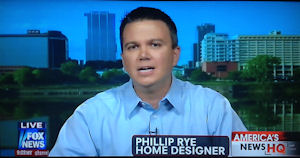
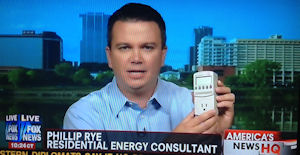
| Home Builder |
| Geothermal |
| Insulation |
| New Home Design |
| Ultimate Energy Action Guide |
XSitePro Templates



